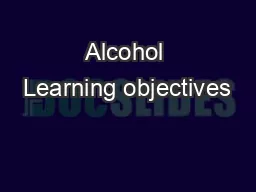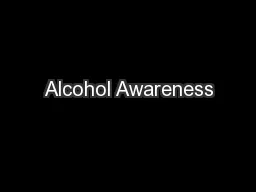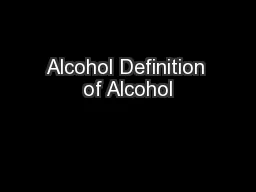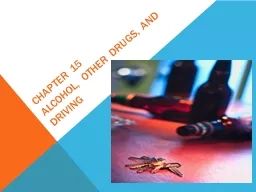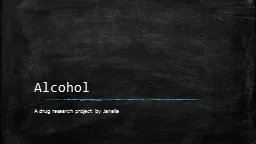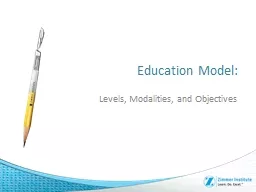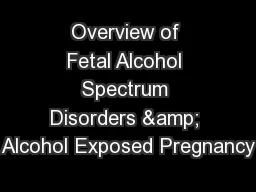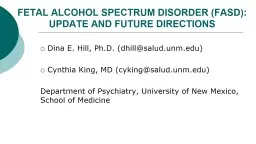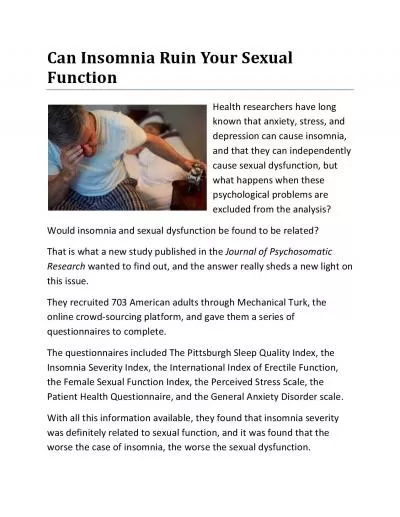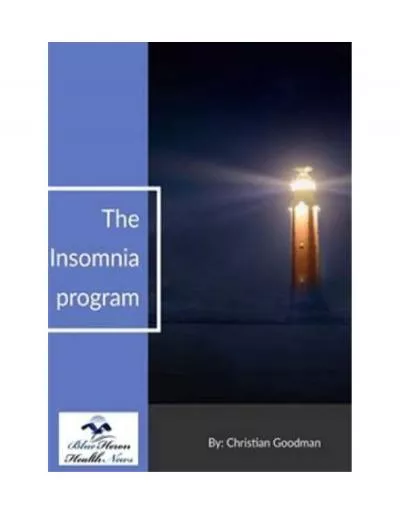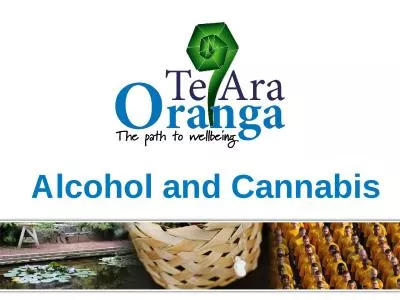PPT-Alcohol Learning objectives
Author : olivia-moreira | Published Date : 2018-12-15
Alcohol is a depressant that affects many areas in the brain generally by suppressing neuron activity Effects on heart weakness of heart arrhythmia stroke hypertension
Presentation Embed Code
Download Presentation
Download Presentation The PPT/PDF document "Alcohol Learning objectives" is the property of its rightful owner. Permission is granted to download and print the materials on this website for personal, non-commercial use only, and to display it on your personal computer provided you do not modify the materials and that you retain all copyright notices contained in the materials. By downloading content from our website, you accept the terms of this agreement.
Alcohol Learning objectives: Transcript
Download Rules Of Document
"Alcohol Learning objectives"The content belongs to its owner. You may download and print it for personal use, without modification, and keep all copyright notices. By downloading, you agree to these terms.
Related Documents

